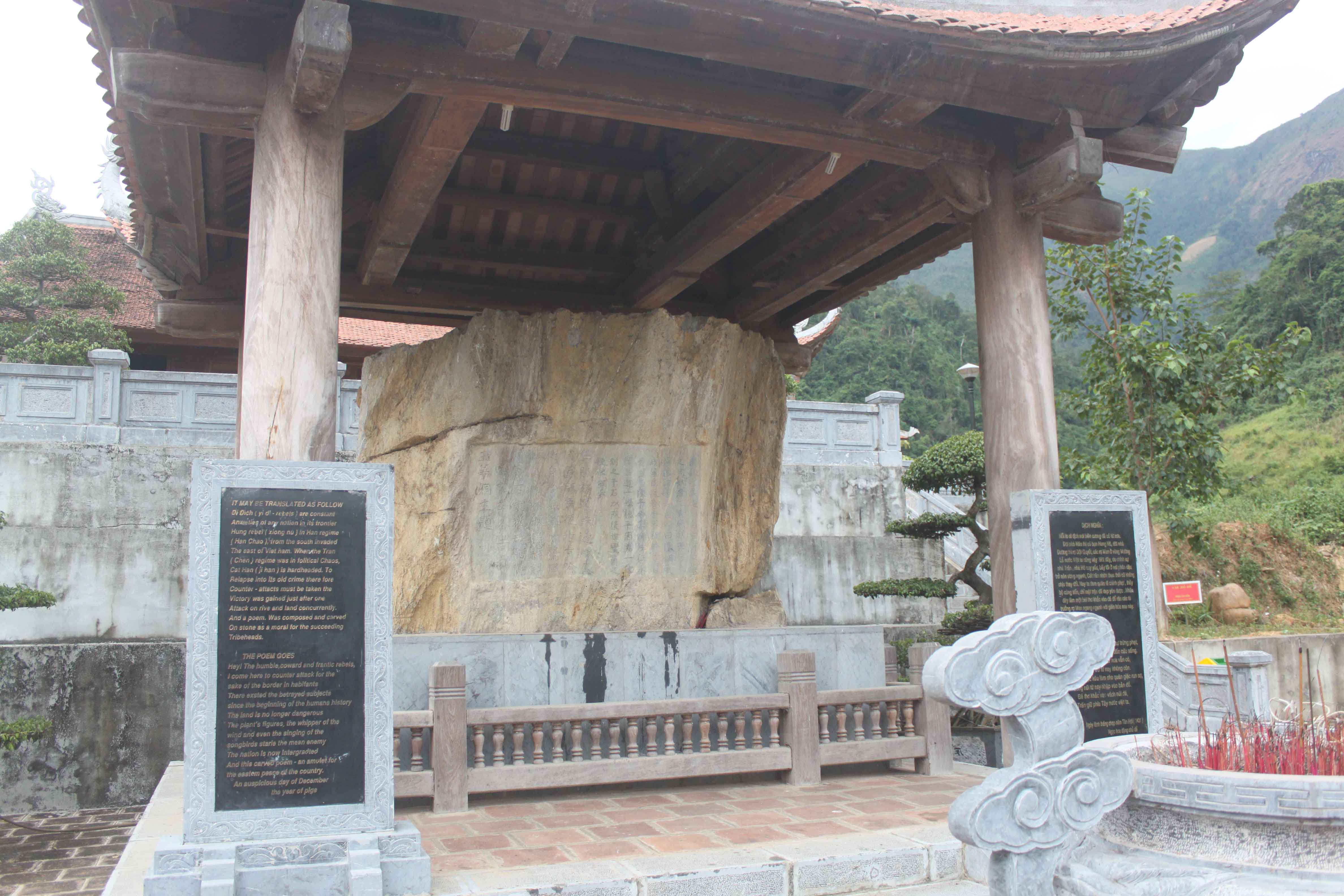The Le Loi Memorial
Update: 02/26/2016
The Le Loi Memorial is situated at the Nam Na
commune, along the confluence of the Nam Na and the great Black river. In 1981,
the then Ministry of Culture - Information (now the Ministry of Culture, Sports
and Tourism) has officially recognized the memorial as a national historical
and cultural site.

At the beginning of the 15th century, Deo
Cat Han - the provincial warlord of Ninh Vien (now part of Lai Chau province) -
had twice rebelled by conspiring to ally with the Ming dynasty, seeking
secession of the whole western territory (Lai Chau included) to be a Ming
vassal. The Le dynasty initially pursued a policy of leniency and flexibility,
but Cat Han ignored the conciliatory efforts. Instead, he chose to expand the
rebellion and invaded further to Muong Muoi (now part of Son La province),
committing many atrocities against the people of the northwestern regions. After
leading the whole country to defeat the Ming invasion and occupation in 1428, King
Le Loi marched his forces up the Black river in 1431 and suppressed the
rebellion of Deo Cat Han, completely reunited the country and drove out the
last of the Ming influence. Following the victorious battle in January 1432, the
king had his writings etched in stone, warning against future rebellions in the
border regions, proclaiming national sovereignty and unification, resulting in
the memorial now known as Le Loi Memorial.
Author: Hoang Van Trong